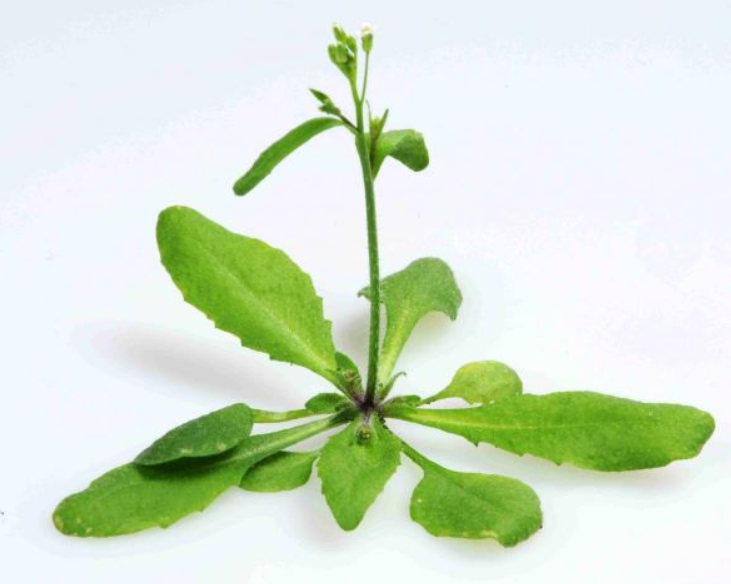SPL (SQUAMOSA promoter-binding protein-like) transcription factors, which are unique to plants, are involved in embryonic development, plastochron length, leaf development, developmental phase transitions, flower and fruit development, fertility, apical dominance, anthocyanin biosynthesis, gibberellin response, light signaling and copper homeostasis. SPLs contain a highly conserved SBP domain of approximately 80 amino acid residues. They can bind to the conserved promoter motifs of downstream targets through SBP domain and regulate the expression of their targets. Most members of the SPL family are predicted to be microRNA 156/157 (miR156/157) targets based on the complementation between the microRNA and these SPL genes. MiR156/157 could down regulate SPL expression by mRNA cleavage or translational repression. This paper reviews recent developments in the structure, transcriptional regulation, and biological function of SPL genes.
LI Meng
,
YU Xin-Jun
,
DIAO Zhuan-Zhi
,
LI Ai-Qin
,
LI Zhang-Sheng
. Research Advances in Plant SPL Transcription Factors[J]. Chinese Bulletin of Botany, 2013
, 48(1)
: 107
-116
.
DOI: 10.3724/SP.J.1259.2013.00107


